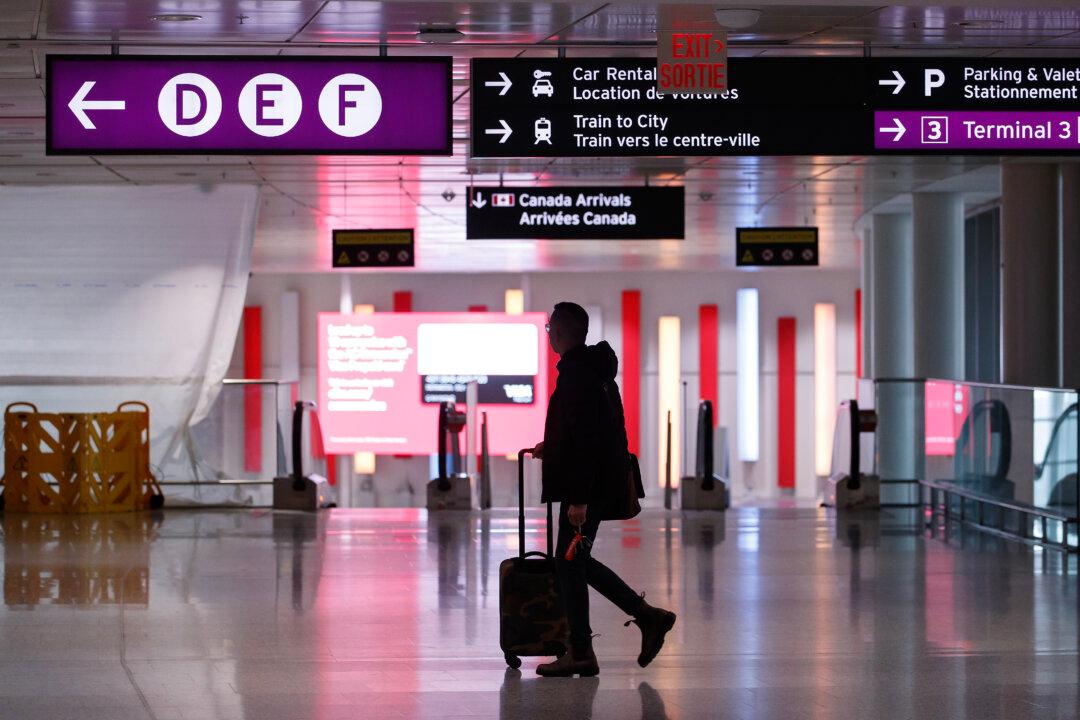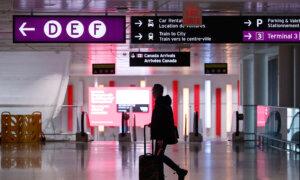Ottawa has modified its visitor visa regulations, putting an end to automatic 10-year multiple-entry visas.
The change will not impact visas that have already been issued, but it will affect all new applications submitted to Immigration, Refugees and Citizenship Canada (IRCC), the updated government guidelines say.
“For multiple-entry visas, officers may decide to issue the visa with a validity period shorter than the maximum 10 years,” the post says.
Visitors to Canada were previously eligible for multiple-entry visas that were valid for up to 10 years, permitting entry and exit from the country during that time frame.
That 10-year window will no longer be the default option for visa seekers, however.
Instead, visa officers will evaluate each application individually, taking into account the circumstances of the case before deciding whether to grant a single-entry or multiple-entry visa. The officer will also determine how long the visa will be valid for.
A variety of factors can influence the decision to issue a visa such as an applicant’s reason for visiting, available funds, health conditions, ties to their country of origin, and if the applicant was previously refused a visa, the website says.
The change comes amid increasing concern among Canadians about the impact of rapidly expanded immigration limits on housing, public services, and programming.
A recent poll found that 58 percent of Canadians say immigration levels are too high, an increase of 14 percentage points from last year, according to a survey from the Environics Institute.
Prime Minister Justin Trudeau and his Liberal government have responded to increasing criticism of its immigration policies by implementing a cap on the number of international students admitted to the country and imposing restrictions on the employment of foreign workers.
Trudeau also announced last month that immigration targets would drop from 500,000 new permanent residents in both 2025 and 2026 to 395,000 in 2025 and 380,000 in 2026. It will be cut again in 2027 to 365,000.
The new immigration levels plan will cause a 0.2 percent population decline over the next two years, which will “alleviate some pressure in the housing market,” a government press release said. It said the plan will “reduce the housing supply gap by approximately 670,000 units” over the next few years.
Ottawa has also promised to introduce targets for temporary residents for the first time, in addition to the existing cap on permanent residents.
Matthew Horwood contributed to this report.







